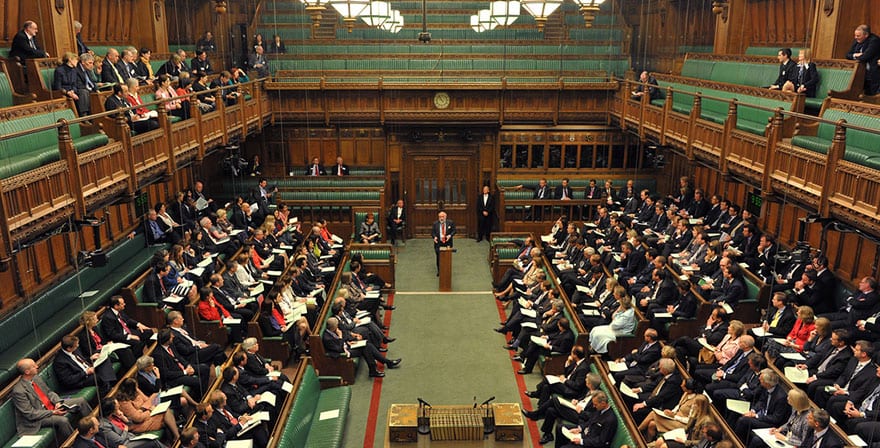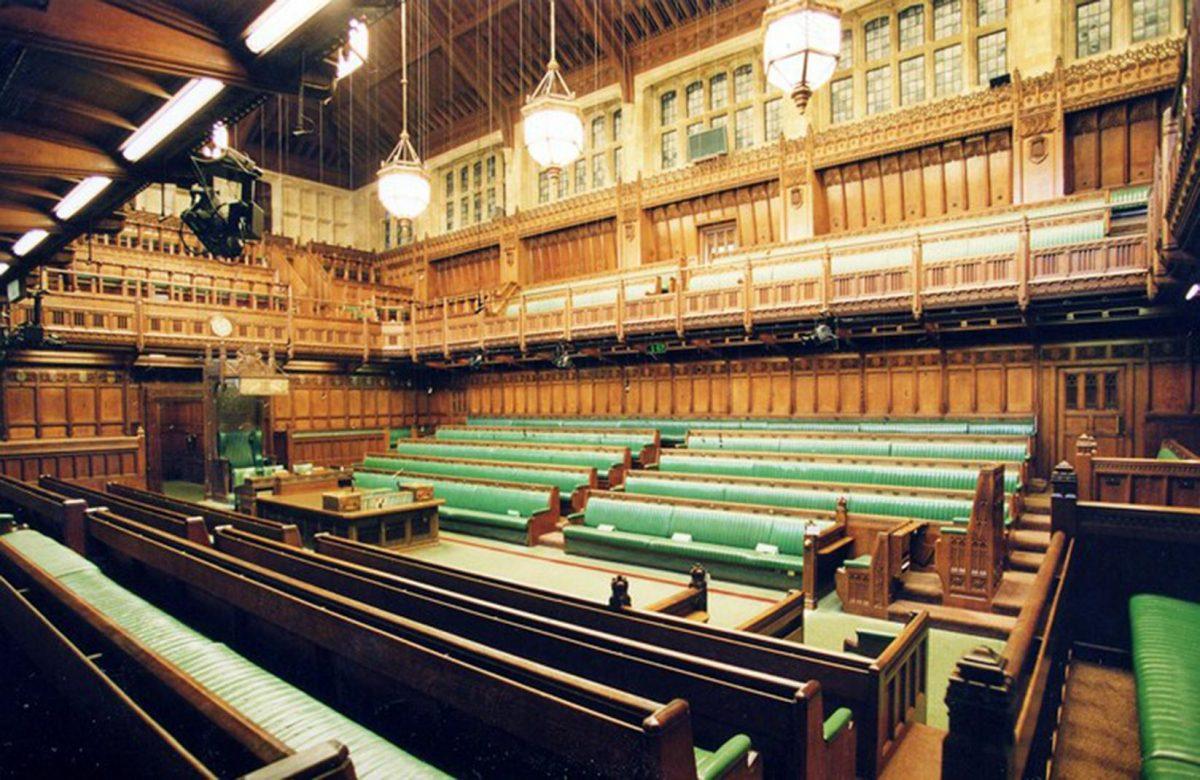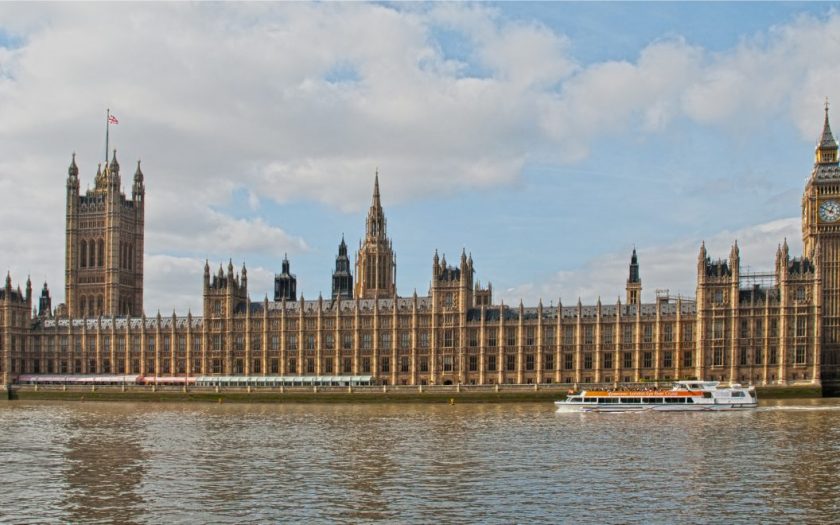More detailed information about New Style Employment and Support Allowance (ESA) for stakeholders and claimants.
Overview
If you are ill or have a health condition or disability that limits your ability to work you may be able to get New Style Employment and Support Allowance (ESA).
New Style ESA is a fortnightly payment that can be claimed on its own or at the same time as Universal Credit (UC).
New Style ESA is a contributory benefit. Normally, this means you may be able to get it if you’ve paid or been credited with enough National Insurance contributions in the 2 full tax years before the year you’re claiming in.
Eligibility
To get New Style ESA you’ll need to have been an employee or self-employed and paid (or been credited with) National Insurance contributions, usually in the last 2 to 3 years.
You will also need to have a fit note (sometimes called ‘sick note’ or ‘doctor’s note’) but you can start making your claim before you have one. If you have only just become ill, you can self-certify for the first 7 days.
You can get New Style ESA on its own or at the same time as Universal Credit. If you apply for and are awarded both benefits, the New Style ESA you are paid will reduce your Universal Credit payment by the same amount.
You will not get any New Style ESA if you’re getting Statutory Sick Pay (SSP) from an employer – but you can apply up to 3 months before your SSP ends. If you get New Style ESA, it will be paid as soon as your SSP ends.
How to claim
Apply online
You can apply for New Style ESA online.
You’ll need:
- your National Insurance number
- your bank or building society account number and sort code (you can use a friend or family member’s account if you do not have one)
- your doctor’s name, address and telephone number
- details of your income if you’re working
- the date your Statutory Sick Pay (SSP) ends if you’re claiming it
You must apply by phone if you’re an appointee applying on behalf of someone else.
You cannot get New Style ESA if you’re getting Statutory Sick Pay (SSP) from an employer. You can apply for New Style ESA up to 3 months before your SSP ends.
If you cannot apply online
Call the Universal Credit helpline if:
- you cannot apply online
- you’re an appointee applying on behalf of someone else
After you apply
The Department for Work and Pensions (DWP) will contact you within 10 working days of applying.
The New Style ESA Process: what to expect
1. Start your claim
Start your claim by applying online or calling the Universal Credit helpline.
2. Attend the appointment with your work coach
Attend your ‘new claim appointment’ and agree with your work coach what actions you’ll need to take to get payments. This is called a ‘Claimant Commitment’. The appointment will normally be over the phone.
If a medical professional has said you might have less than 12 months to live, you will not need to attend an appointment or make a Claimant Commitment. Find out more about getting benefits if you might have less than 12 months to live.
3. Notification and first payment
You’ll get a letter from the Department for Work and Pensions (DWP) telling you if you’ll get New Style ESA and how much.
Further information on how much New Style ESA to expect
4. Provide updates about your health and circumstances
To keep getting New Style ESA you must send fit notes regularly and report any change in your circumstances.
Find out how to send DWP a fit note
Further information on reporting a change in your circumstances
5. Complete and return the ESA50 form
You will be sent form ESA50 in the post, usually within 4 weeks of your first payment. The ESA50 form is a capability for work questionnaire and is your chance to tell DWP how your health condition, disability or illness affects your ability to work.
You must send the form back within 28 days of the date you receive it from DWP.
If you’re also claiming Universal Credit the form will be called UC50, you’ll only have one form to complete.
6. Your Work Capability Assessment
After you return your ESA50 form you may be asked to go to an assessment, called a ‘Work Capability Assessment’. You will be contacted to arrange a date and time for the assessment.
The Work Capability Assessment is used to find out how much your health condition, disability or illness affects your ability to work. It assesses what you can do, as well as what you cannot do.
You’ll be asked questions about how your condition affects you in your day to day life. It gives you the opportunity to explain if, and how, your health condition or disability may vary over time.
Assessments can be in person, by video call or on the phone. You’ll be told how your assessment will take place.
You’ll stay on the ‘assessment rate’ until a decision can be made on your Work Capability Assessment.
More information on Work Capability Assessments.
If you’re claiming both New Style ESA and Universal Credit you’ll only have to attend one Work Capability Assessment.

7. Decision letter
You’ll get a letter with a decision on whether you have limited capability for work or limited capability for work and work-related activity, and if you will continue to receive New Style ESA. It will also tell you if you’ll need to be assessed again at some point in the future.
If you do need to be assessed again in the future, you’ll be sent another ESA50 form at the appropriate time. This normally happens within 3 years.
If you disagree with the decision you can ask for the decision to be looked at again – this is called a mandatory reconsideration.
If you’re claiming both New Style ESA and Universal Credit you’ll get 2 decision letters. If you fail to return form UC50 or fail to attend the Work Capability Assessment you won’t be entitled to both New Style ESA and Universal Credit.
After your claim is assessed
If you’re entitled to ESA you’ll be placed in one of 2 groups:
- a work-related activity group (you cannot work now, but can prepare to work in the future, for example by writing a CV)
- a support group (you cannot work now and you’re not expected to prepare for work in the future)
You will:
- usually be in the support group if your illness or disability severely limits what you can do
- be in the support group if a medical professional has said you might have less than 12 months to live
If you’re in the work-related activity group
You must attend regular interviews with a work coach. They can help you improve your skills or write a CV to help you get back into work.
If you’re in the support group
You’re usually in this group if your illness or disability severely limits what you can do. You do not have to go to interviews. You can tell your work coach if you’d like to take part in work-related activities.
How much New Style ESA to expect
Assessment phase
The first 13 weeks of your claim is called the ‘assessment phase’ and you are paid the basic allowance.
How much you’ll get depends on your age:
- aged 18 to 24 years – up to £61.05 (per week)
- aged 25 years and over – up to £77.00 (per week)
Main phase
If you have been found to have limited capability for work, you will move onto the ‘main phase’ for New Style ESA and you will get the basic allowance, plus a ‘support component’ if you are put in the support group.
- basic allowance (standard rate) – up to £77.00 (per week)
- support component – £40.60 (per week)
Payment
New Style ESA is paid at the end of every 2 weeks into your bank, building society or credit union account.
Pension income
If you get an occupational or personal pension that pays more than £85 a week, your New Style ESA payment will be reduced by half of the amount over the £85 limit.
Reporting a change of circumstances
You need to report changes to your circumstances so you keep getting the right amount of New Style ESA (and Universal Credit if you are claiming both).
Your claim might be stopped or reduced if you do not report a change straight away.
A change of circumstance can include:
- any changes to your health condition or disability
- going into hospital or a care home or sheltered accommodation
- starting or stopping work, education, training or an apprenticeship
- moving house
- changing your name
- changes to your pension
- changing your doctor
- going abroad for any length of time
Call the New Style ESA helpline if you’re not sure whether you need to report a change.
How to report changes of circumstances
You can report a change of circumstances by:
- calling the New Style ESA helpline
- writing to the Jobcentre Plus office that pays your New Style ESA – the address is on the letters you get about your New Style ESA
New Style ESA helpline
Telephone: 0800 169 0310
Textphone: 0800 169 0314
Relay UK – if you cannot hear or speak on the phone: 18001 then 0800 169 0310
Welsh language: 0800 328 1744
Monday to Friday, 8am to 5pm
If you’re claiming Universal Credit as well as New Style ESA, you must report changes to both services.

Universal Credit helpline
Telephone: 0800 328 5644
Textphone: 0800 328 1344
Relay UK – if you cannot hear or speak on the phone: 18001 then 0800 328 5644
Welsh language: 0800 328 1744
Monday to Friday, 8am to 6pm
British Sign Language (BSL) video relay service
British Sign Language (BSL) video relay service if you’re on a computer – find out how to use the service on mobile or tablet.
The video relay service is available Monday to Friday, 8am to 6pm.
If you’re in Northern Ireland contact the NI Direct Employment and Support Allowance Centre.
If you get a sanction
Your ESA can be reduced if you do not attend interviews or do work-related activity as agreed with your work coach in your ‘Claimant Commitment’. This reduction can continue for up to 4 weeks after you restart work-related activities.
You’ll get a letter to say you may be sanctioned. Tell your work coach if you have a good reason for not doing what was agreed in your ‘Claimant Commitment’.
You’ll get another letter if the decision is made to give you a sanction. Your benefit will only be affected once a decision has been made.
You should contact your local council immediately if you claim Housing Benefit or Council Tax Reduction. They’ll tell you what to do to continue getting support.
If you get a sanction you can ask for the decision to be looked at again.
You will not get a sanction if you’re in the support group.
THE UPDATES
-
Removed guidance on claiming New Style Employment and Support Allowance (ESA) if you had to self isolate because of coronavirus (COVID-19). You can no longer claim ESA under the rules introduced during the pandemic for people who had to self isolate.
-
Updated with the latest benefit rates, effective from 11 April 2022.
-
People near the end of their life who have been told by a medical professional that they might have less than 12 months to live, do not need attend an appointment at the start of their claim for Employment and Support Allowance or make a Claimant Commitment and they will be put in the ‘support group’. This has changed from 6 months.
-
Updated the guidance on claiming New Style Employment and Support Allowance because of coronavirus (COVID-19) because the temporary eligibility rules have ended.
-
The service to apply for New Style Employment and Support Allowance will be unavailable from 6pm on Thursday 17 March to 00:01am on Friday 18 March.
-
Updated to explain a change to the rules for claiming Employment and Support Allowance that mean if a medical professional has said you have less than 6 months to live, you will not need a Claimant Commitment and you will be placed in the support group after your claim is assessed.
-
Added a message about not having to provide fit notes (sick notes) until 27 January 2022 to give GPs more time to work on the coronavirus vaccination boosters.
-
Updated the eligibility conditions for New Style ESA if you’ve been affected by coronavirus (COVID-19) for the new rules on returning from abroad.
-
Removed guidance on claiming New Style Employment and Support Allowance (ESA) because you or your child were advised to ‘shield’ (take extra precautions to reduce contact with others) because you’re at very high risk of severe illness from COVID-19. Shielding in England, Scotland and Wales has stopped and the time limit for making a backdated claim has passed.
-
Updated because face-to-face Work Capability Assessments have resumed for some claimants.
-
Added guidance about needing to attend an interview with a work coach after you have made a claim and attending regular interviews with a work coach if you are in the ‘work-related activity group’.
-
Updated with the latest rates effective from 12 April 2021.
-
Shielding in England and Wales has stopped. You can still apply for ESA if you were shielding in England or shielding in Wales before 1 April 2021, or if you’re shielding in Scotland.
-
Updated the opening hours of the New Style ESA helpline to 8am to 5pm, Monday to Friday.
-
Replaced guidance that you do not need to go to an appointment with a work coach at the moment with new guidance that DWP will make an appointment to talk to you, either over the phone or face-to-face.
-
Added guidance on evidence you’ll need to provide if you’re claiming New Style Employment and Support Allowance because of coronavirus (COVID-19).
-
Updated guidance to explain that Work Capability Assessments are currently taking place over the phone because of coronavirus (COVID-19).
-
Universal Credit claimants should now apply for New Style Employment and Support Allowance online or by phone instead of through their online account.
-
Updated guidance with link to new service to apply for New Style Employment and Support Allowance online and for new eligibility conditions introduced because of coronavirus (COVID-19).
-
Updated with new rates effective from 6 April 2020.
-
First published.

